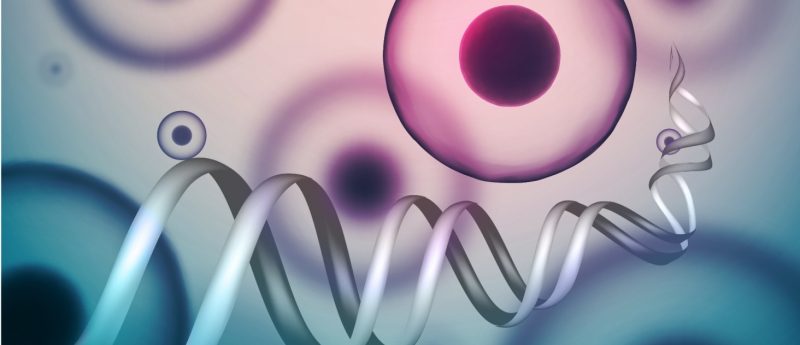RNA-generated and gene-edited iPSCs could provide safer cell therapies

An international collaboration seeks to demonstrate the potential of using RNA to generate and edit patient-derived iPSCs for cell-based therapy applications, disease modeling as well as drug and toxicity screening, and have optimized an RNA-based laboratory procedure for making and editing the stem cells.
Use of iPSCs for cell-based therapies holds great potential for the field of regenerative medicine, but reprogramming needs to be safe in order to reach the clinic, and therefore avoid use of genome-altering transgenic methods such as exogenous DNA or viral vectors. Transient delivery of exogenous RNA into cells that epigenomically remodel chromatin could be a safer approach, and an international collaboration between government, university and industry has demonstrated that RNA does have potential to safely produce patient-derived iPSCs for use in the clinic.
Dr Ileana Zucchi, Dr James Kehler (lead co-author and director of scientific alliances at MTI-GlobalStem) and Dr Rolland Reinbold from the National Research Council-Institute of Biomedical Technology (CNR-ITB) in Italy collaborated with Dr Antonio Giordano (institute director), Dr Gianfranco Bellipanni (group leader) and colleagues from the Sbarro Institute for Cancer Research and Molecular Medicine at Temple University (Philadelphia, PA, USA).
The team optimized an RNA-based laboratory procedure for making and editing iPSCs, could in the short-term support in vitro disease modeling and basic and translational research, and in the longer term could help produce cells for clinical applications in regenerative medicine, tissue engineering and personalized medicine. “We combined reprogramming and gene-editing using an RNA-based platform to reduce the risks of traditional tools that can interfere with iPSC function and stability,” explained Dr James Kehler.
The study was carried out along with Organovo and Ascendance Biotechnologies. As well as supporting tissue engineering for therapeutic applications, it is aimed at improving disease modeling and drug and toxicity testing in patient cells.
Sources: Kehler J, Greco M, Martino V et al. RNA-generated and gene-edited induced pluripotent stem cells for disease modeling and therapy. J. Cell. Physiol. doi:10.1002/jcp.25597 (2016) (Epub ahead of print); http://www.newswise.com/articles/new-rna-stem-cell-editing-reduces-unintended-genetic-complications